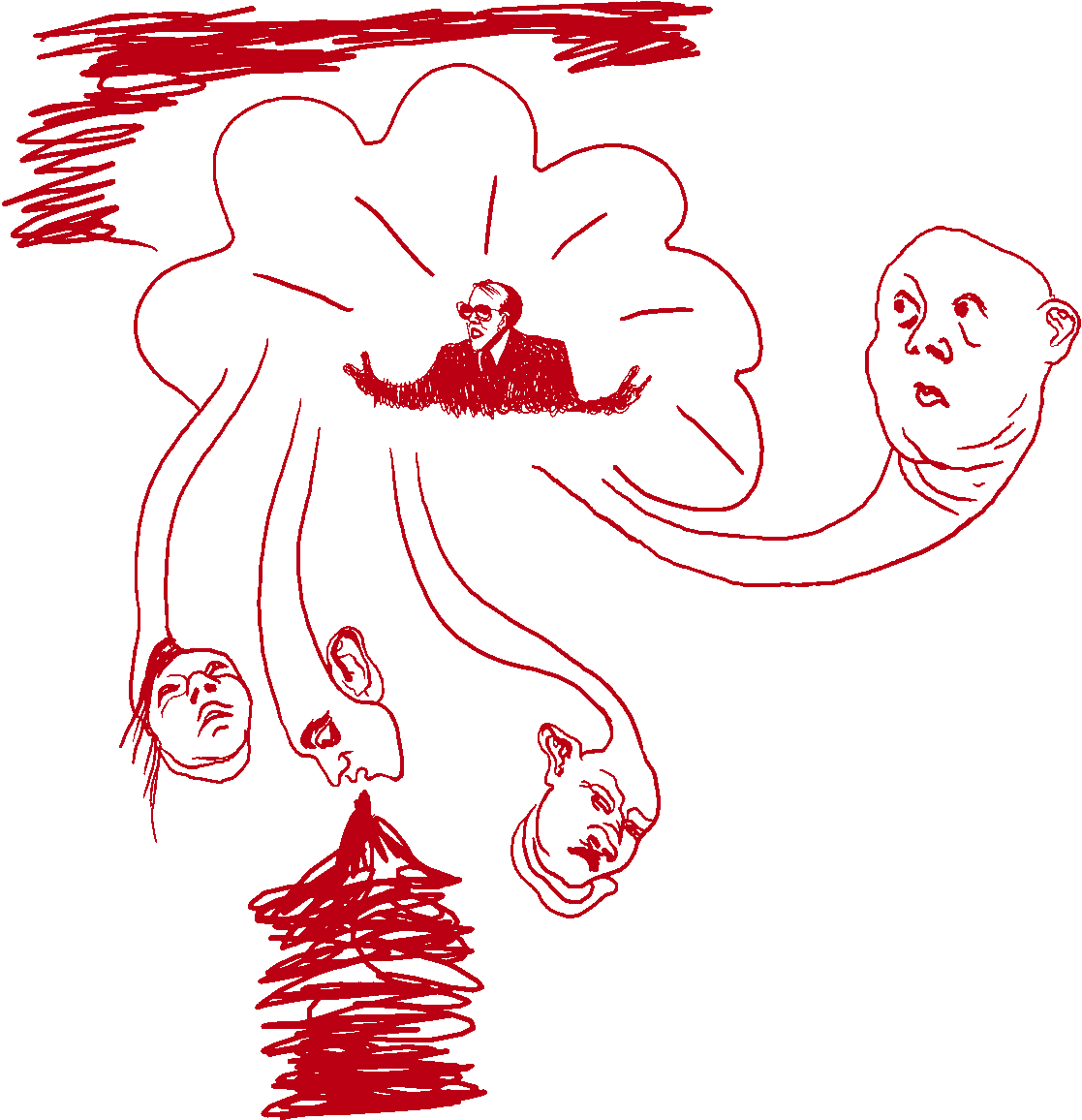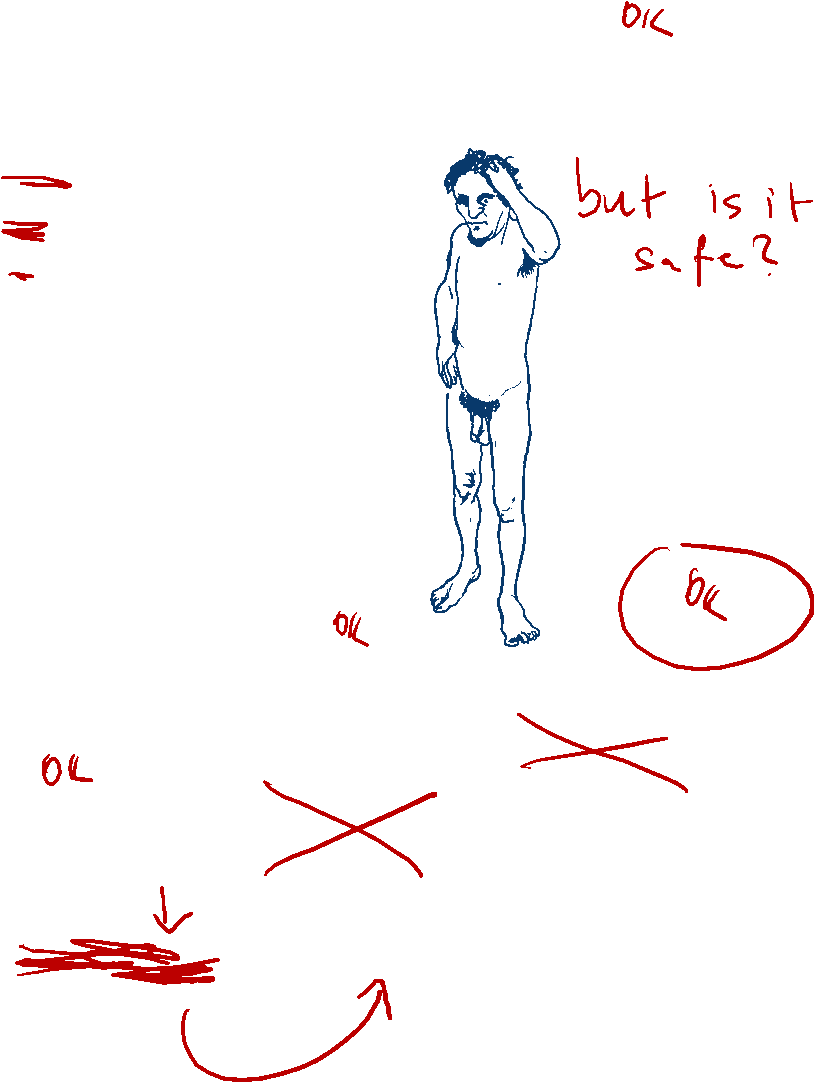Recession fears are crushing small American stocks.
The Russell 2000 index of small-cap stocks plummeted 9% Monday and is on track to close in a bear market. The index is viewed as a barometer for confidence in the American economy.
A bear market would reflect a 20% decline from the record high set in January.
Other major US markets, including the S&P 500 and Dow, flirted with bear market territory on Monday but have not yet hit that threshold.
Bear markets are more common in small-cap stocks, which are very exposed to swings in the economy. The Russell 2000 has dropped into three previous bear markets since US stocks bottomed in March 2009, yet the broader markets did not follow suit.
The most recent example occurred in December 2018, when recession jitters similarly rocked Wall Street, driving the Russell 2000 into a bear market.
Other economically-sensitive stocks also fell sharply Monday, including large American banks. JPMorgan Chase tumbled 13%, while Bank of America plunged 16%.























